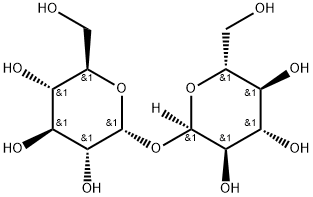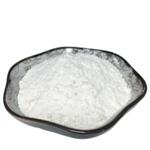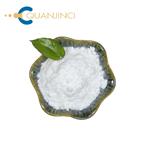Trehalose is a nonreducing disaccharide in which the two glucose molecules are linked together in an α,α-1,1-glycosidic linkage. α,α-trehalose is the only anomer of trehalose, which has been isolated from and biosynthesized in living organisms. This sugar is present in a wide variety of organisms, including bacteria, yeast, fungi, insects, invertebrates, and lower and higher plants, where it may serve as a source of energy and carbon. It can be used as a stabilizer and protectant of proteins and membranes: protection from dehydration; protection from damage by oxygen radicals (against oxidation); protection from cold; as a sensing compound and/or growth regulator; as a structural component of the bacterial cell wall. Trehalose is used in the biopharmaceutical preservation of labile protein drugs and in the cryopreservation of human cells. It is used as an ingredient for dried and processed food, and as an artificial sweetener, with a relative sweetness of 40-45% that of sucrose. Several safety studies on trehalose have been evaluated by JECFA, 2001 and allocated an ADI of ‘not specified’. Trehalose is approved in Japan, Korea, Taiwan, and UK. Trehalose could be possibly used in an eye drop solution to against corneal damage due to desiccation (dry eye syndrome).









